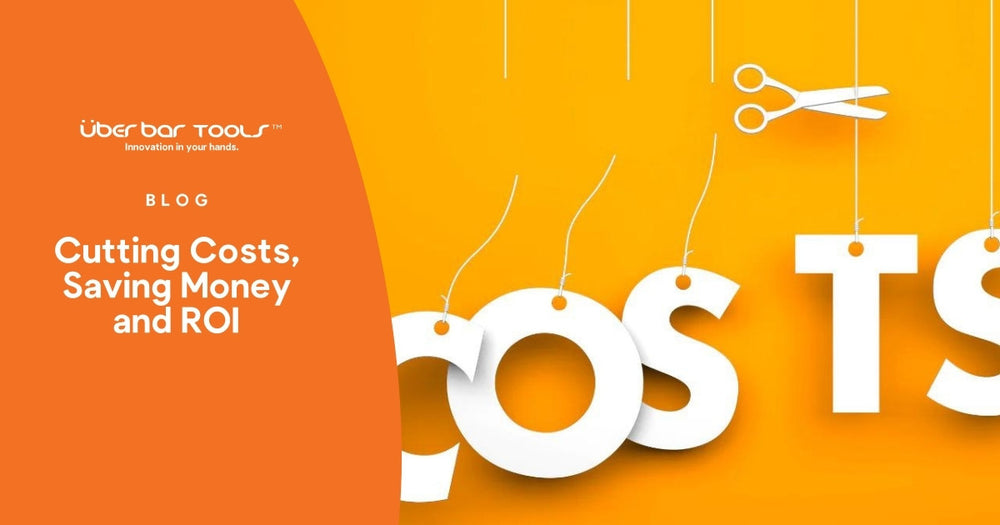
In hard times, when undergoing a cost cutting process it’s important to take into consideration factors not normally allowed for.
Whilst cost cutting is a strategy which produces an outcome(s), does it longer term produce sustainable ROI (return on investment)?
Usually ROI should be measured by the costs of “doing something” versus the “value” delivered.
When implementing a cost cutting program, it’s so important to conduct a 360 degree examination of impacts and consequences before implementation is considered.

Identifying true costs and outcomes boils down to framing the right questions:
- What’s the Motivation?
- What’s the Reward?
- What are downstream consequence of the upstream decision?
- Investment
Larger organisations tend to employ Purchasing Managers whose job is to cut costs, by buying at the best price.
It’s here one needs to question the motivation of that manager to make such decisions.
If year-end bonuses are based on reward, is it possible that decisions made may not be in the best interests of the organisation.
Usually reward outcomes tend to dictate where organisational focus is placed and mostly why certain decisions are made.
If bonuses or ongoing employment depends on being seen to cut costs just for the sake of it, quite possibly organisational misalignment may occur.
Downstream Consequences of Upstream Decisions

Purchasing managers sit at the top of a stream, their decisions flow down to other parts of the organisation.
It’s invariably folk sitting downstream who need to figure out what they need to do with new changes to help make them work.
A great example is swapping one cut of meat for a lower quality in a kitchen.
On paper it looks like a saving, and it is, however if the consequence of that decision requires more kitchen labour time for prep or possibly using more ingredients to bring the meat back up to standard, then that saving is not a saving.
When costly workarounds are required to accommodate mandated changes, the value delivered to an organisation fails the ROI test.
In a sense investment is the exact opposite to savings thinking.
To reduce cost cutting mistakes we believe bottom up thinking is imperative by identifying:
- What’s the problem
- What are the operational costs /impacts of that problem, short and long term
- What’s the investment cost and the arsing value created
- Will investment value delivered be greater that the cost incurred
Take away
ROI must be measured in terms of the value, impact and outcome generated from a complete decision process .
Ultimately saving for the sake of saving may come at a far higher price than initially considered.
We suggest value delivered should be the ultimate measure used to determine true ROI.

